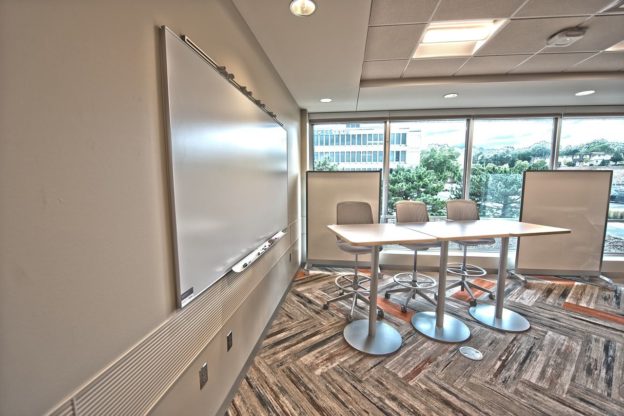“We see our customers as invited guests to a party, and we are the hosts. It’s our job every day to make every important aspect of the customer experience a little better.” -Jeff Bezos
It does not require mentioning that customer satisfaction is critical to the success of your business. One way to ensure customer satisfaction is giving them training on how to use your products or services. To that end, you may want to training room rental or classroom rental. Here are 3 more reasons you should train your customers.
Helps you stay ahead of the competition
Nowadays, with the mess that competing for customers has become, every single thing becomes important, things which might previously have been minor, for example, special offers and discounts, your training room rental company’s rules and regulations, etc. In a competitive market, where lots of alternatives are available, everything counts, including customer education. Customer education could even be the tie-breaker between your company and another for customers checking to see which organization might be more beneficial for them.
Free advertisement
If your customers have confidence in your services, it is very likely that they’ll actually come back for upgrades of that service and use related ones as well. As their level of confidence with your company increases, they’ll automatically become your biggest advertisers, which will help drive even more customers towards you as they give publicity to it in their own social circle.
Customer research
Through teaching your customer, in a workshop session or by E-learning, you can monitor the most frequently asked questions and find out which aspects of the product are giving the customer the most troubles and issues. Therefore, in the next up-gradation of your services, that facet can either be made simpler or removed completely, depending on its overall level of usefulness in the customer’s eye.








